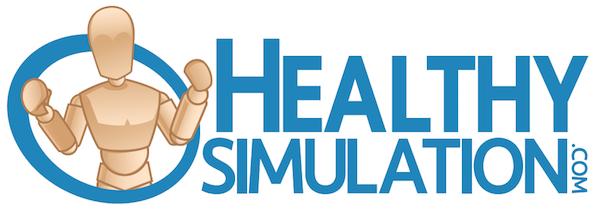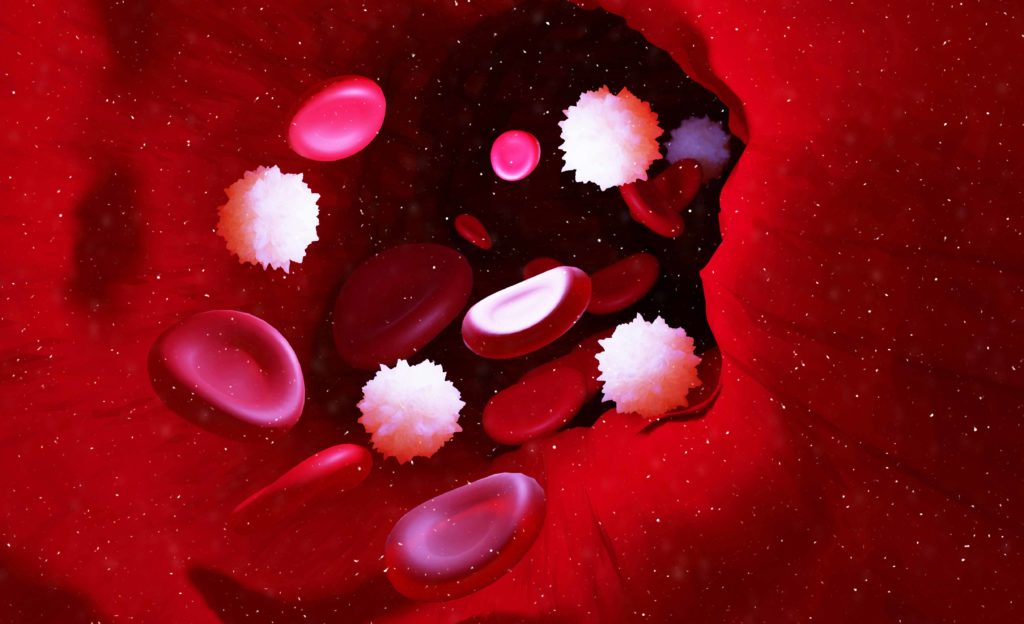Khorana Risk Score for Venous Thromboembolism in Cancer Patients online calculator

Khorana Risk Score for Venous Thromboembolism in Cancer Patients predicts risk of VTE for cancer patients depending on type of cancer and other factors.
This score system available to use in general cancer patients starting chemotherapy (i.e., solid tumors and lymphomas).
Please, note!
- Do not use this score system in patients with brain tumors or myelomas.
- The assessment based on this scale not intended to be used for diagnosis (i.e., clinical suspicion of DVT or PE) but to predict future risk of VTE.
Stomach
Pancreas
Lung
Lymphoma
Gynecologic
Bladder
Testicular
Other
Yes
No
Yes
No
Yes
No
Yes
No
| Patient’s score | Risk Group | Score range | 2.5-month rate of VTE |
|---|---|---|---|
| 0 | 0 | 0 | 0 |
Based on Khorana Risk Score for Venous Thromboembolism cancer patients categorizes on the VTE risk.
Most validations of Khorana Risk Score for Venous were completed in outpatients settings with higher risk cancer patients.
Predicting VTE in cancer patients is complicated and likely improved by a scoring system.
| Cancer type | Stomach | +2 |
| Pancreas | +2 | |
| Lung | +1 | |
| Lymphoma | +1 | |
| Gynecologic | +1 | |
| Bladder | +1 | |
| Testicular | +1 | |
| Other | +2 |
| Pre-chemotherapy platelet count ≥350×10⁹/L | +1 |
| Hemoglobin level <10 g/dL or using RBC growth factors | +1 |
| Pre-chemotherapy leukocyte count >11×10⁹/L | +1 |
| BMI ≥35 kg/m² | +1 |
Score interpretation
Addition of selected points.
| Risk Group | Score | 2.5-month rate of VTE |
| Low | 0 | 0.3 – 0.8% |
| Intermediate | 1 – 2 | 1.8 – 2.0% |
| High | ≥3 | 6.7 – 7.1% |
If high, the clinician seeing the patient is alerted, and a lower extremity ultrasound for early detection of DVT is suggested.
The main goal of Khorana Risk Score for Venous Thromboembolism in Cancer Patients is to improve understanding of risk prediction and to focus on at-risk patients with strategies for early detection or prophylaxis.
Literature:
Khorana AA, et al. Development and validation of a predictive model for chemotherapy-associated thrombosis. Blood 2008;111:4902-7 (https://ashpublications.org/blood/article/111/10/4902/24209/Development-and-validation-of-a-predictive-model )
Dutia M, et al. Risk Assessment Models for Cancer-Associated Venous Thromboembolism. Cancer 2012;118:3468-76 (https://pubmed.ncbi.nlm.nih.gov/22086826/)
Lyman GH, et al. Venous thromboembolism prophylaxis and treatment in patients with cancer: American Society of Clinical Oncology clinical practice guideline update. J Clin Oncol. 2013 Jun 10;31(17):2189-204. doi: 10.1200/JCO.2013.49.1118. Epub 2013 May 13 (https://pubmed.ncbi.nlm.nih.gov/25873061/)
Khorana AA, Soff GA, Kakkar AK, et al. Rivaroxaban for Thromboprophylaxis in High-Risk Ambulatory Patients with Cancer. N Engl J Med. 2019;380(8):720-728 (https://www.nejm.org/doi/full/10.1056/NEJMoa1814630) Carrier M, Abou-nassar K, Mallick R, et al. Apixaban to Prevent Venous Thromboembolism in Patients with Cancer. N Engl J Med. 2019;380(8):711-719 (https://www.nejm.org/doi/full/10.1056/NEJMoa1814468)
Register on our website right now to have access to more learning materials!
ClinCaseQuest Featured in SchoolAndCollegeListings Directory
Exciting News Alert! We are thrilled to announce that ClinCaseQuest has been successfully added to…
We presented our experience at AMEE 2023
AMEE 2023 took place from 26-30 August 2023 at the Scottish Event Campus (SEC), Glasgow,…
We are on HealthySimulation – world’s premier Healthcare Simulation resource website
We are thrilled to announce that our Simulation Training Platform “ClinCaseQuest” has been featured on…
Baseline Cardiovascular Risk Assessment in Cancer Patients Scheduled to Receive Cardiotoxic Cancer Therapies (Anthracycline Chemotherapy) – Online Calculator
Baseline cardiovascular risk assessment in cancer patients scheduled to receive cardiotoxic cancer therapies (Anthracycline Chemotherapy)…
National Institutes of Health Stroke Scale (NIHSS) – Online calculator
The National Institutes of Health Stroke Scale (NIHSS) is a scale designed to assess the…
SESAM 2023 Annual Conference
We are at SESAM 2023 with oral presentation “Stage Debriefing in Simulation Training in Medical…











